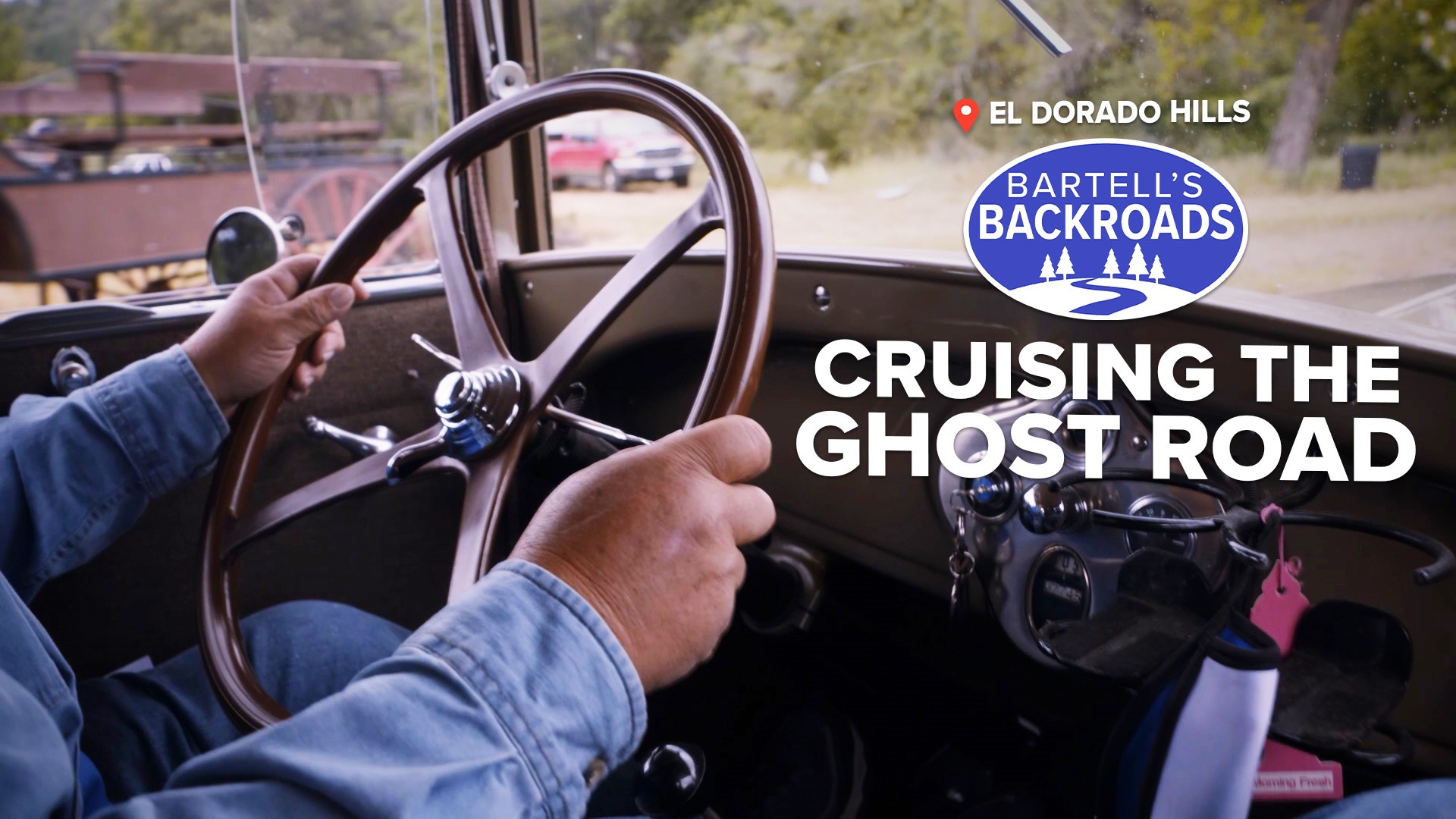EL DORADO HILLS, Calif — As you climb Highway 50 in El Dorado Hills, there’s an old ghost town that most Lake Tahoe-bound travelers pass without noticing. It's known as Clarksville and the buildings were abandoned a long time ago.
If they aren’t sagging to one side, they are in pieces on the ground. Once a year, this lonely ghost town is booming with life during the annual Clarksville Day.
The free community event is a celebration of the “Good Ole Days” when wagons ruled the road and gold mining pioneers inhabited the hills.
“It was a mining town, a trading post, then it was a village,” said Doug Hus.
He is with the Clarksville Region Historical Society, a group preserving the history and giving access to curious visitors.
Clarksville was founded during the gold rush of 1849 and named after a Mr. Clarkson who had a trading post of sorts near an old stagecoach route that led from Sacramento to the gold hills of Coloma.
“By the late 1800s there were four hotels here. The first was the Mormon Tavern,” said Hus.
Clarksville became a boomtown, but like most California boomtowns it went bust in the 1860s and became a farming settlement. In 1915, this little farming town started gaining traffic from the newly created Lincoln Highway.
“It was basically a coast-to-coast highway from Times Square in New York to San Francisco,” said Hus.
The Lincoln Highway was America’s first transcontinental road for cars and it ran right through Clarksville, bringing a lot of tourist money to town.
“It was a huge undertaking but most Americans really wanted this thing to go through their towns,” said Hus.
TAKE A TRIP ON BARTELL'S BACKROADS:
► See an interactive map of everywhere John has visited on the backroads
► Watch all of the Backroads videos
► Follow John on Facebook
The Lincoln Highway was the brainchild of Carl Fisher, the founder of the Indianapolis 500. He was an entrepreneur and idea man. Fisher talked the Goodyear Tire company and the Packard Motor Car company into fronting a majority of the Lincoln Highway.
“Abraham Lincoln united the country so it was named after him,” said Hus.
In the beginning, construction of the Lincoln Highway was mostly gravel and it was plagued by a series of financial and political roadblocks. Eventually the federal government passed the Federal Highway Act of 1921 which gave states money to pave their stretch of the Lincoln Highway and create the highway system we know today.
Clarksville reaped the benefits of a coast-to-coast highway for many years but — in the 1960s — Highway 50 was created and bypassed Clarksville. It didn’t take long for the little community to fade away.
Today, only patches of the Lincoln Highway remain in places like Clarksville. It’s a reminder of America's road-tripping past.
“I’m hopeful that we can preserve this as a historical site and make it a place that is much grander that people can enjoy,” said Hus.
Clarksville Days generally takes place the first weekend of May. You can see more videos and learn about the individual houses still standing on the Clarksville Region historical Society website.
MORE GHOST TOWNS ON THE BACKROADS: Bodie State Park used to be full of hopeful gold prospectors. During the winter, the only things you can hope to find there are miles of snow, and some of the coldest temperatures in the United States.



















